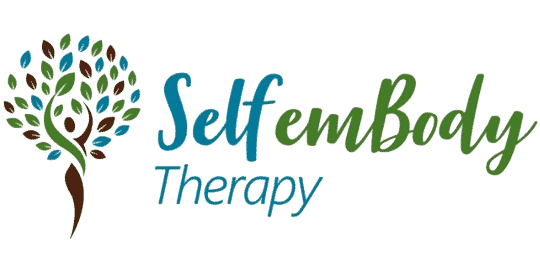What is Anxiety?
The word “anxiety” can encompass a variety of symptoms. When one is feeling anxious, this may manifest as physical symptoms, emotional symptoms, or both. Some physical symptoms for anxiety or panic attacks can include hyperventilating, constricted breathing, nausea, pounding heart, dizziness, blurred vision, and more. Some common emotional symptoms of anxiety include cyclical thinking or overthinking, paranoid thoughts, self-critical thoughts, and fearful thoughts. Anxiety can sometimes feel debilitating if not addressed.
When I teach my clients about anxiety, I start off by teaching them that oftentimes anxiety is not actually about what is going on in the present moment. Sure, if you are indeed in the middle of a scary situation, THEN you may truly be feeling anxious due to the present moment. But a lot of the time, anxiety actually stems from worries related to things that have not happened yet, or feeling uneasy about what may happen.
How Does Mindfulness Therapy Help Anxiety?
Luckily, anxiety is treatable and there are a variety of therapeutic techniques that can be used to decrease or even eliminate symptoms. I utilize mindfulness exercises for anxiety in my practice with clients. Mindfulness therapy includes bringing your awareness into the present moment, non-judgmentally. It can incorporate somatic anxiety reduction techniques such as grounding techniques, deep breathing exercises, or even specific yoga poses or meditations.
Mindfulness Techniques for Anxiety
For reference, I will share one specific mindfulness technique that I like to teach clients and can be helpful in reducing anxiety. This is called the 5-4-3-2-1 grounding technique. It can be incredibly helpful as a means to become more mindful in the present moment, and calm down any racing thoughts.
Five
First, you start by identifying 5 things that you can see around you. This could be a window, a pen on your desk, or anything else within your line of eyesight.
Four
Next, identify four things that you can touch around you. Some examples could include your clothing, a stress ball, or even just acknowledging your feet touching the ground.
Three
Third, identify three things that you can hear. These should be external and can include anything you hear outside of your body/mind (i.e. racing thoughts don’t count!), such as a car alarm outside or the rain or wind against your window.
Two
Next, identify two things that you can smell. I recommend keeping at least one pleasant-smelling object in each room, such as a lotion, essential oil, or candle that you enjoy the smell of. You can even get up to identify this smell if needed.
One
Lastly, identify one thing that you can taste. This could include lingering tastes from your previous meal, or perhaps a type of drink that you had been consuming.
By doing this exercise when you are feeling anxious, it provides you an opportunity to be mindful and focus solely on the present moment, while quieting any racing thoughts. I find that many clients feel significantly less anxious after completing this exercise, as it has allowed them to utilize their five senses as a way to connect with their environment and ground themselves.
You Are Not Alone
There are plenty of other mindfulness techniques for the treatment of anxiety. If you struggle with anxiety, I recommend working with a trained psychotherapist that can help. Anxiety has the ability to negatively impact your quality of life – but it doesn’t have to, and you don’t have to tackle it alone.


